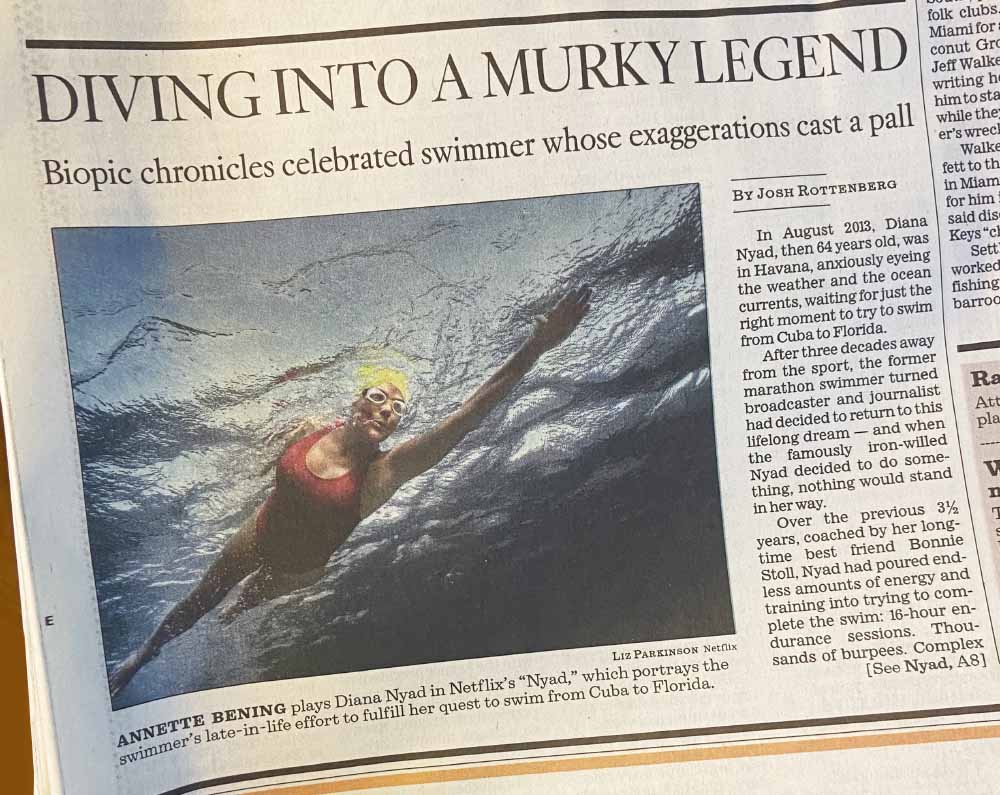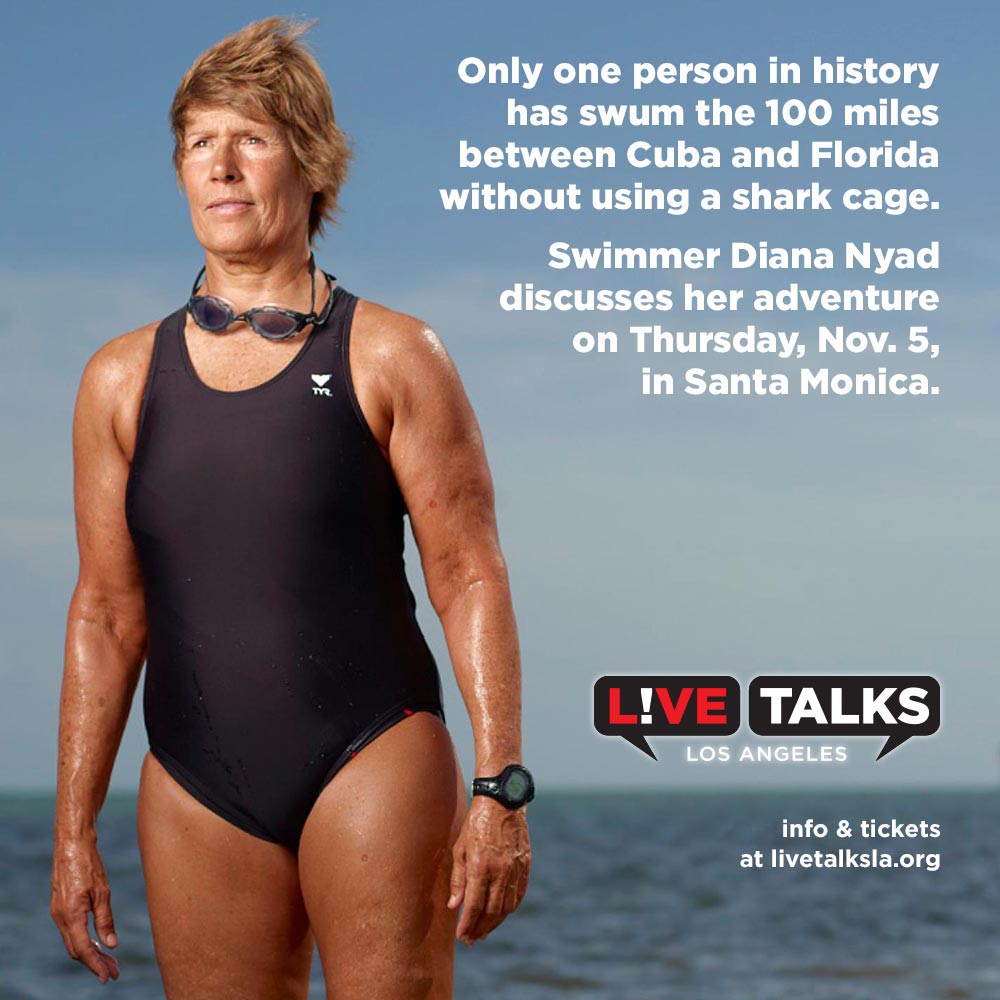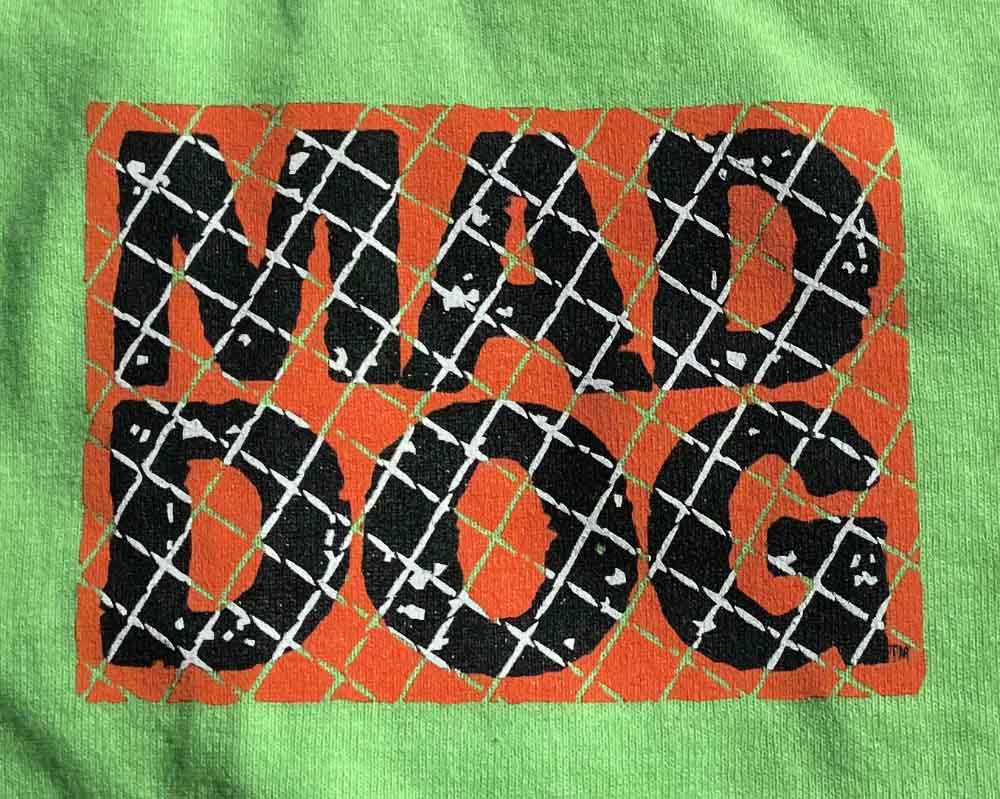than I ever had before.
For the past 13 years I’ve done a “birthday swim,” my age times 100 meters. More than once I exceeded my yearly goal by a few laps — like an extra candle on a birthday cake, a little something to grow on. This year, however, I felt pretty good when I’d logged the requisite 7,300m, and there still was time before the pool closed, so, to quote Forrest Gump, “I figured since I’d gone this far, I might as well turn around and just keep on going.”
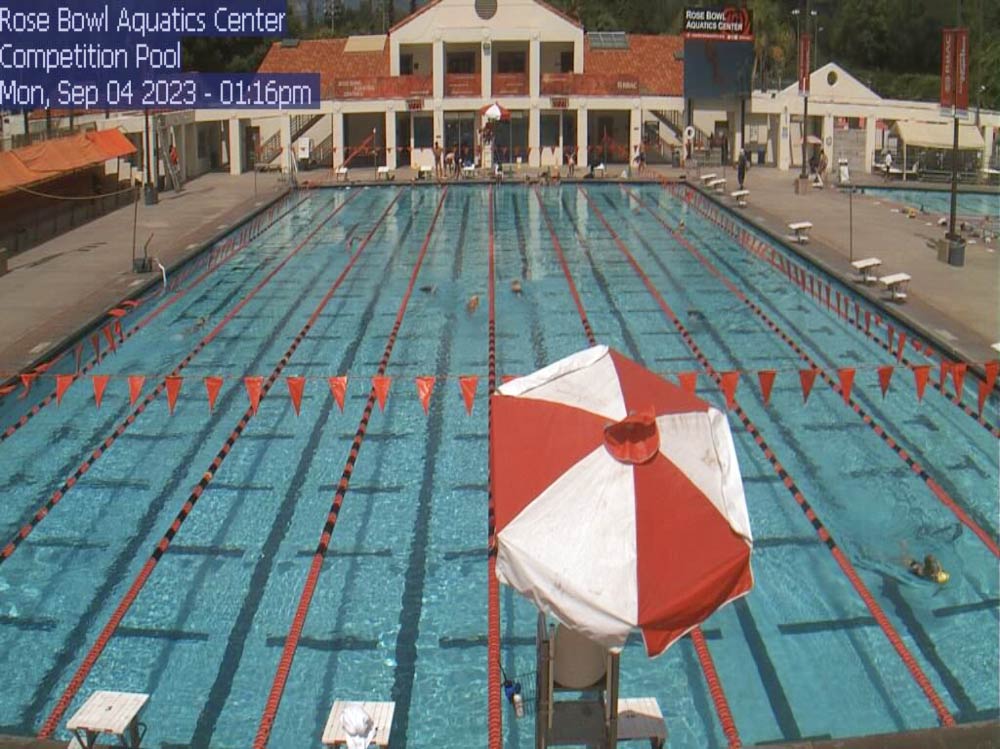
I’ve swum recreationally my entire adult life, and while my workouts can be rigorous, my interest always is on distance — endurance — not speed. Mostly, I should note, I swim because of how I feel after time in the pool, plus it’s my hope that the exercise will enable me to continue logging laps, and by extension, logging years. Put another way, I aspire to endure, maintaining as sound a body and mind as possible.
Beyond my swimming regimen I value products that endure. The recipe for a reliable product, one that lasts, is simple: a well conceived design, quality materials and top-notch craftsmanship. A pertinent example: five-plus years ago, I bought my second Speedo Endurance swimsuit. The first one was purchased seven years and ten months earlier. Figuring (conservatively) that I swim at least once a week and am in the water for at least an hour each time, that first suit lasted well north of 400 hours — the rare product that lives up to its name!
It should come as no surprise that as a graphic designer, I also prize work with staying power, as opposed to that with its greatest appeal in the moment. At least one revered designer agrees; I recently saw an ad for an online class that read, “Create graphic design that stands the test of time with the brain behind countless iconic visual identities, Paula Scher.”
Of all the types of graphic design, visual identity, i.e. branding, is most meant to endure — to “stand the test of time.” When I mention certain venerable corporations, their logos come right to mind: Coca-Cola, General Electric, Quaker, Apple, Disney, and IBM. Those six designs are as different from one another as they could be, and represent companies in a variety of industries. All those trademarks have been around for many many years.
What qualities make each of them compelling decades after they were created? I’ll propose three: authenticity, uniqueness, and graphic integrity. Authenticity reflects a logo designer’s first responsibility, to imbue a design with the essence of the organization it represents. A company’s mission and its “mark” must be inextricably linked. Uniqueness means, of course, that it looks like nothing else. And graphic integrity regards the aesthetics, the artfulness, of the design. A logo — or any design, for that matter — bearing these qualities can be smashing out of the box and might well look as good half a century later.
Two of the many logos I’ve designed have, to my eye at least, a timeless quality. One is a simple graphic created in the early 1980s for a group of designer friends who enjoyed an occasional round of golf. There are no visual cues, such as a distinctive typeface or illustration style, to place it in a particular era. The other, created roughly a dozen years ago, intentionally evokes a sense of history and permanence. (The Scottish gatehouse on which this image was based was built in the 1600s; both it and the castle it “protects” stand to this day.)
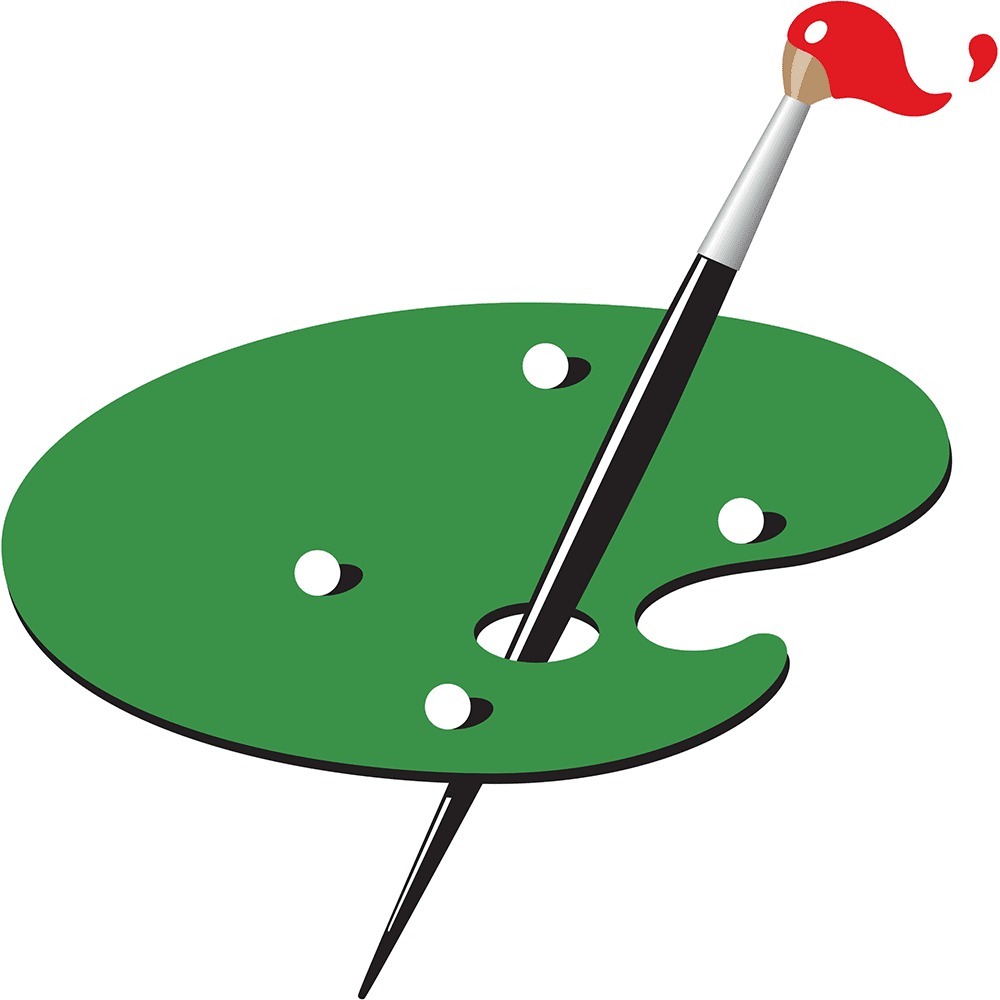

My bias for things that endure is held even as I accept that nothing lasts forever. The firmament appears to us a fixed display, but over time, matter is constantly coalescing into balls that eventually ignite, becoming stars, and, billions of years later, they either fade out or explode spectacularly. In all the life we know, growth happens through constant cell division, and older cells, having served their purpose, die and are excreted; the organisms they comprise experience a similar birth-growth-death cycle. On every scale, change is the only constant — so cherishing what endures is to champion creation, an act of rebellion against the forces of entropy.
. . .
Back to my recent long swim: For a week or more I had in mind to undertake the challenge on a particular Sunday. I’d been training, sort of, swimming some long-ish distances over the previous several weeks, and I felt prepared. I was not, however, prepared to open the Sunday Los Angeles Times that morning to see, on the front page, a lengthy article about Diana Nyad — written because of the then-forthcoming biopic, starring Annette Bening and Jodie Foster. The article discussed Nyad’s life, including, naturally, her epic Cuba-to-Florida swim. It was for me an unmistakable nudge from the cosmos to get in the water and do some laps!
Allow me to weave that further into my meandering tale: A few years ago Diana Nyad was touring to promote her book, Find a Way, and a client of mine hosted one of her talks. The event was well attended but not sold out. The advertising I do for this client includes only the essentials — the author’s and interviewer’s names, their photos and the book cover, and the date and time of the event. To help boost ticket sales of authors who aren’t widely known (like Nyad) I proposed a different approach — to create marketing pieces that offer hints about the author and/or book. To illustrate this I mocked up an ad that told Nyad’s story and presented the salient event info in two brief sentences. (The client didn’t adopt this approach, but I still believe in the concept.)
. . .
To endure often is to persevere, typically in the face of some difficulty, or at least discomfort. This brings to mind another recreational pursuit: For a quarter century, give or take, I played tennis with a dear friend nearly every weekend. We were on the court for at least two hours, and often longer. Starting at 8:30 or 9 a.m., that would mean sometimes playing in considerable heat — I live in Southern California, where by late morning in July, August and September, the mercury can hit triple digits. Quite a few times we’d be out there at noon, the only people left on the courts. We took to identifying ourselves as “mad dogs” — famously the only beings, along with Englishmen, willing to “go out in the midday sun.” I thought the moniker worthy of a logo and a T-shirt.
. . .
This essay contains several threads, all of which stem from endurance swimming. Swimming, an important part of my life since the age of five, and endurance, a measure of quality in a product, or in a design, that I’ve valued since I learned what it was. And note, the medium used to convey these thoughts is writing — a tool humans developed eons ago to enable their ideas to endure.
